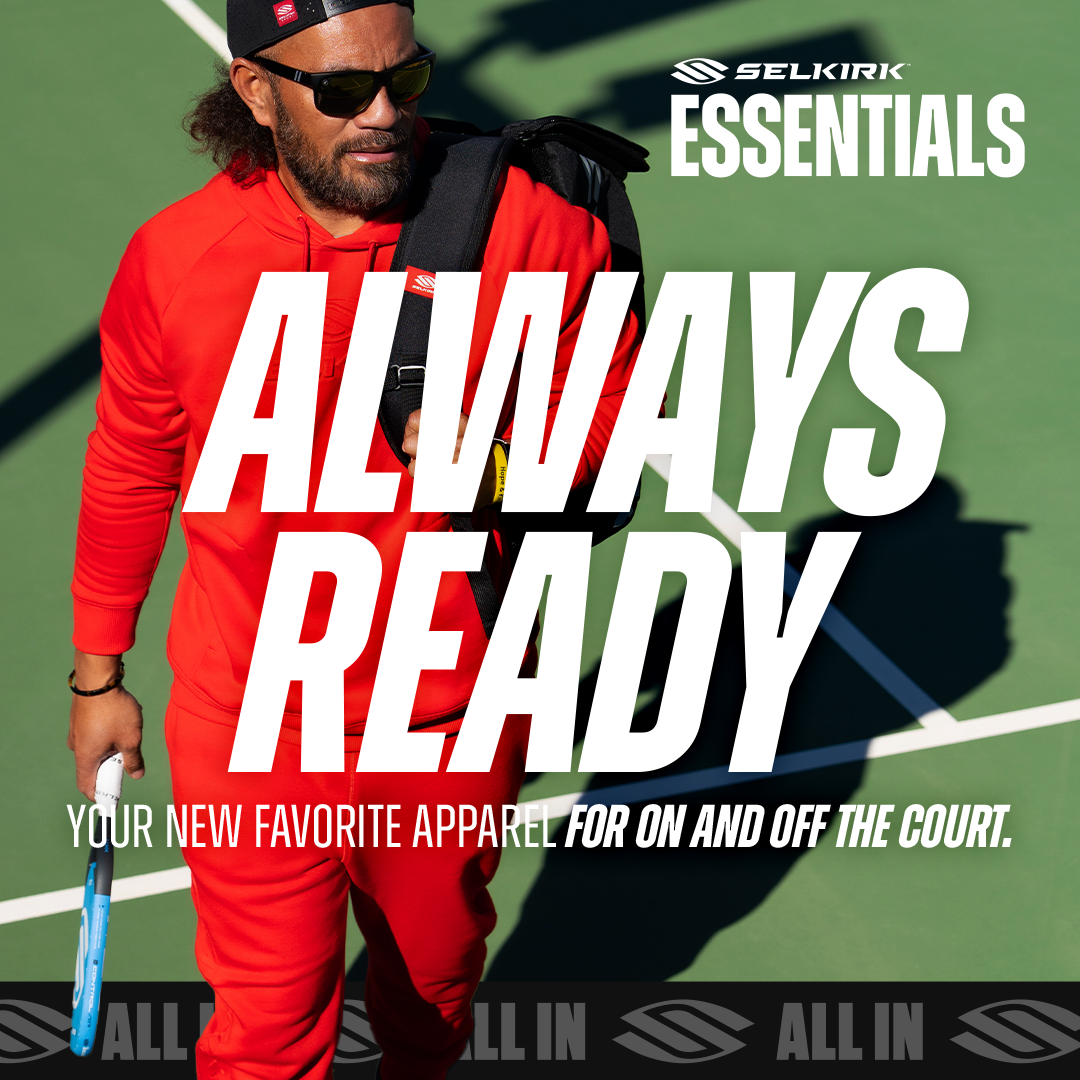As the weather turns colder, many pickleball players head indoors to keep their game sharp.
But for a smaller group of pickleballers, cold weather means something else entirely: ice pickleball season.
What is ice pickleball?
Ice pickleball is exactly what it sounds like: pickleball played on ice. Players set up courts on frozen ponds, lakes, or ice rinks, adding a unique twist to the game.
Instead of court shoes, players typically wear ice skates — though some have attempted to play in sneakers. The rules of the game generally remain the same, though adjustments are made for the conditions.
While it’s unclear where ice pickleball originated, it has recently caught the attention of recreational athletes and content creators like Dude Perfect, opens in a new tab looking to combine the elements of winter sports with the fun of pickleball.
How many people play ice pickleball?
Ice pickleball is still in its infancy and is mostly played in northern climates where outdoor ice is abundant in the winter or by those with access to indoor rinks. Participation numbers are hard to pin down, as most ice pickleball matches are organized informally between friends and small communities.
However, its visibility is growing. Videos showcasing icy rallies have gained traction on social media platforms like Instagram, TikTok, and YouTube.
Is ice pickleball a real sport or just a social media trend?
At this stage, ice pickleball falls more into the category of novelty rather than an officially recognized sport. There are no organized leagues, tournaments, or standardized rules for playing on ice.
For now, ice pickleball remains a recreational activity that blends the fun of pickleball with the challenge of ice skating. But as interest grows, it’s not impossible to imagine more formalized events emerging in the future.
What considerations need to be made for playing ice pickleball?
If you’re thinking about trying ice pickleball, there are a few important considerations to keep in mind:
1. Safety first
Playing on ice introduces new risks, including slipping, falling, and exposure to cold weather. Players should wear appropriate protective gear, including helmets, padded clothing, and knee/elbow guards. Ice skates with good ankle support are a must.
Additionally, the ice itself needs to be thick and stable. If playing on a frozen lake or pond, make sure the ice is safe, typically at least 4 inches thick.
2. Equipment adjustments
While standard pickleball paddles and balls can be used, the cold weather affects equipment performance. Balls tend to harden in cold temperatures, which can change their bounce and responsiveness. Players may also need to use lightweight nets or portable court setups that are easy to transport.
3. Clothing for the cold
Layers are key. Players need to stay warm while maintaining mobility. Insulated gloves, thermal leggings, and moisture-wicking base layers can help keep you comfortable on the ice.
4. Game modifications
To adapt to the slippery surface, players often allow more flexibility in gameplay. For example:
-
Eliminating lob shots to avoid skating backwards.
-
Rally lengths may be shorter due to the difficulty of stopping and pivoting.
























































